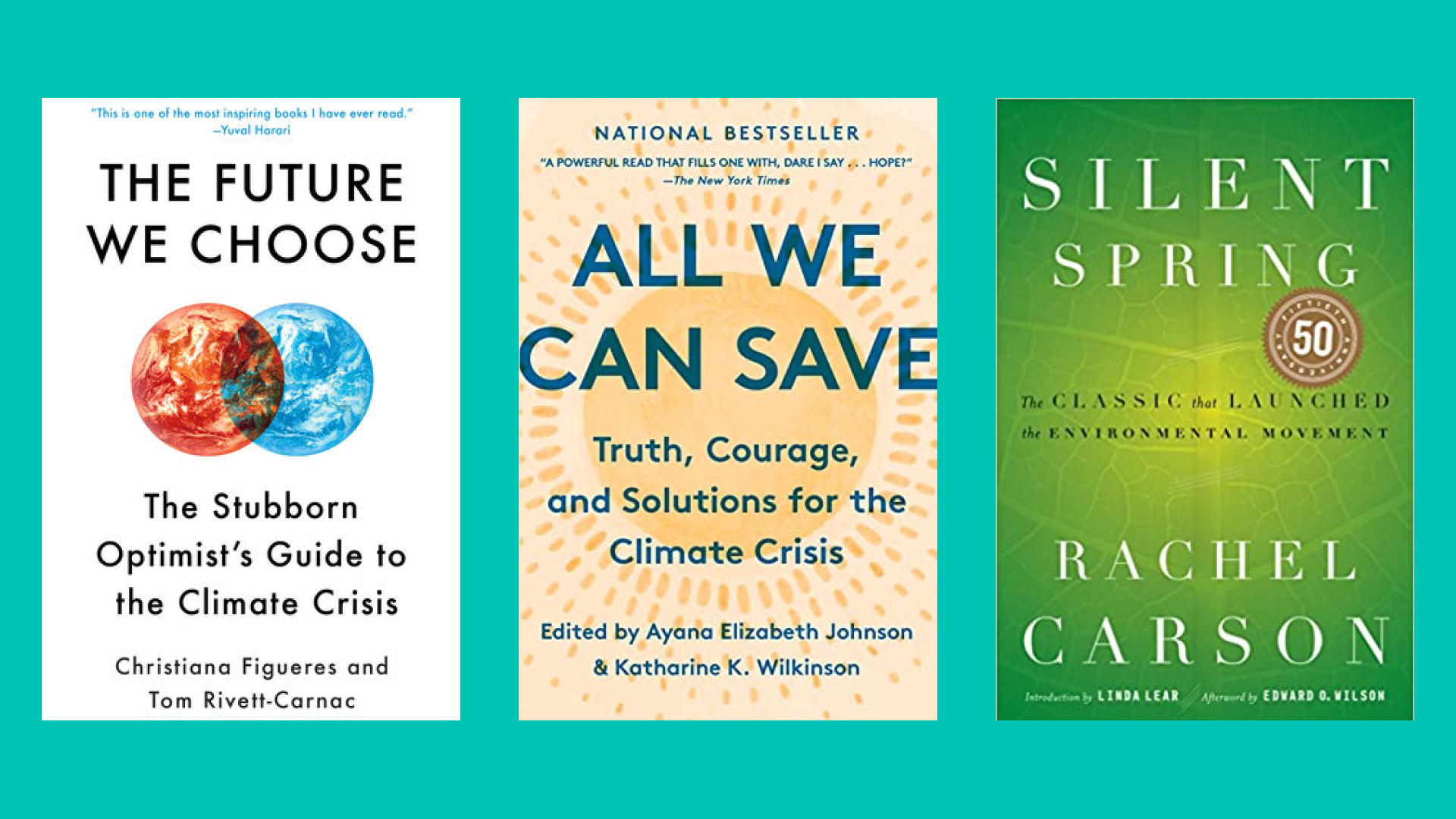This post was originally published in April 2020 and has been updated.
Products you buy through our links may earn us a commission. Oh, and if something's out of stock, oops, it was there (and all prices were accurate) at time of publication.
Friends don’t let friends be uninformed about climate change and our environmental future. Reduce, reuse, recycle, read these nonfiction picks.
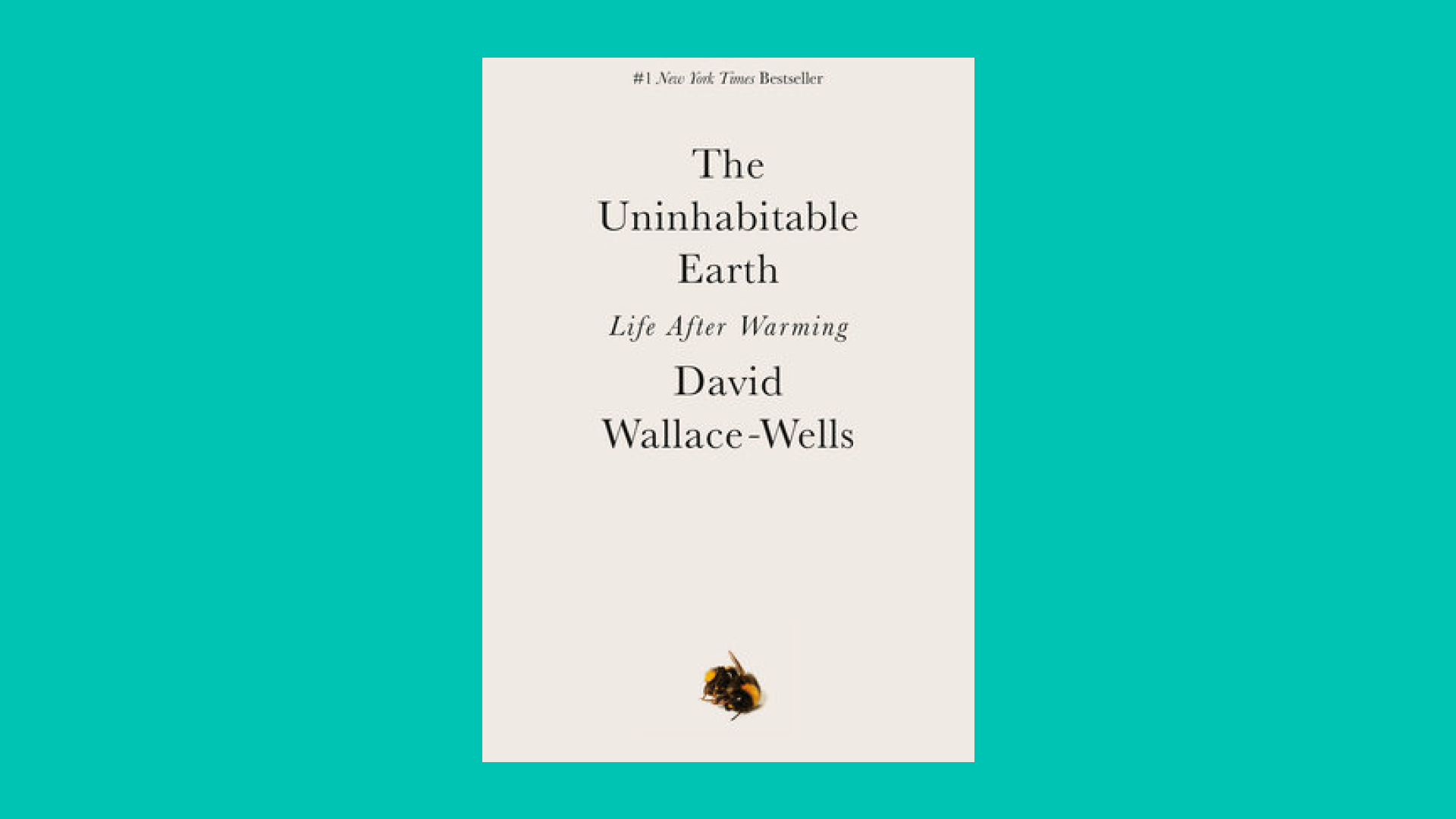
“The Uninhabitable Earth” by David Wallace-Wells
Based off Wallace-Well's 2017 piece for New York Magazine, this critic fave covers some worst-case climate scenarios: famine, economic disaster, acid water...the list goes on. If you’re looking for a reason to start caring about the world, this will do it for you. (Amazon, Apple Books, Bookshop)
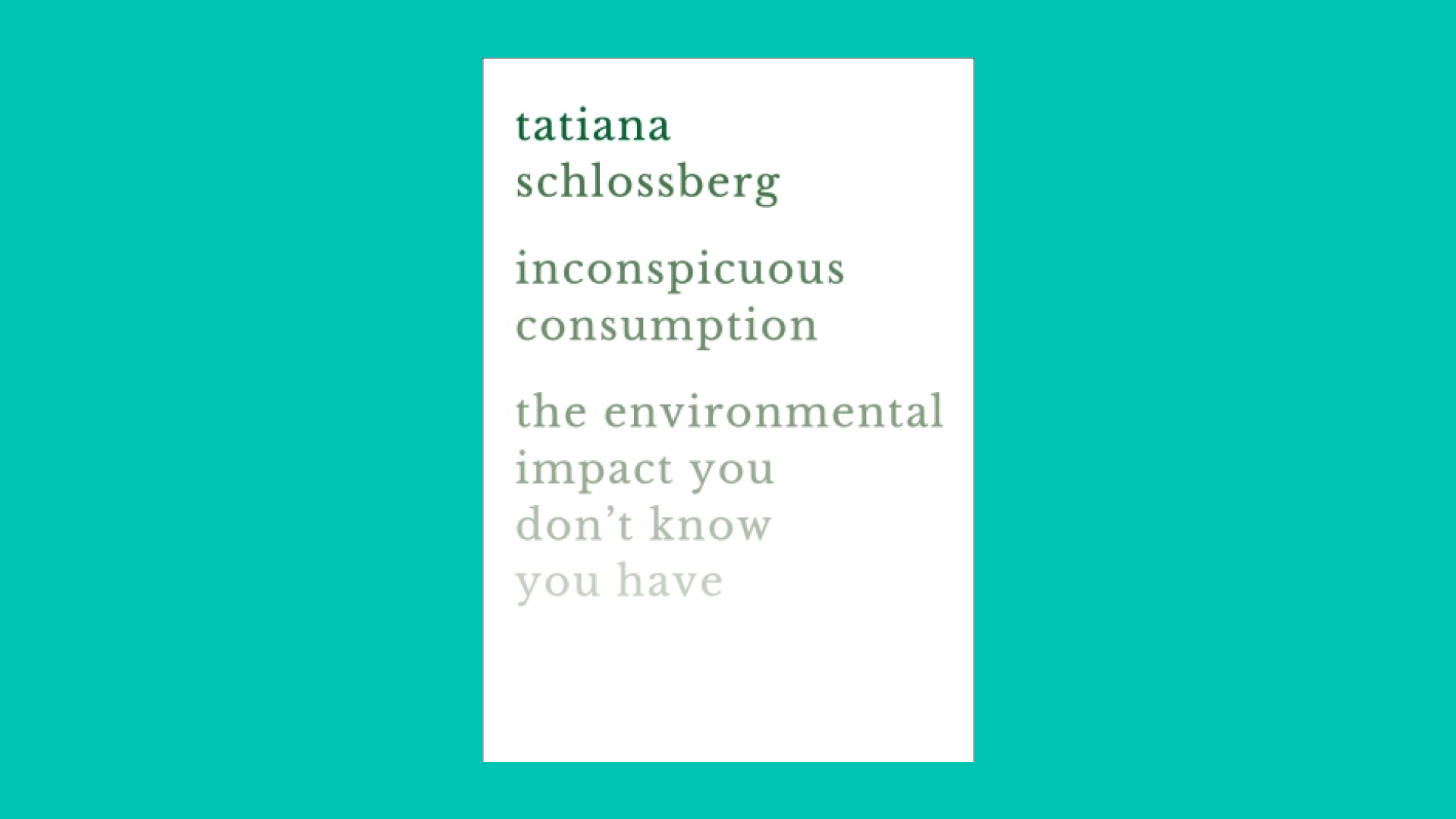
“Inconspicuous Consumption” by Tatiana Schlossberg
Goodbye, existential ideas. Hello, ideas you can actually grasp. This one examines how our everyday lives — from what we wear to the food we eat — impact the environment. It's divided into four main digestible parts: technology, food, fashion, and fuel. Schlossberg's a former NYT science reporter and, fun fact, JFK's granddaughter. (Amazon, Apple Books, Bookshop)
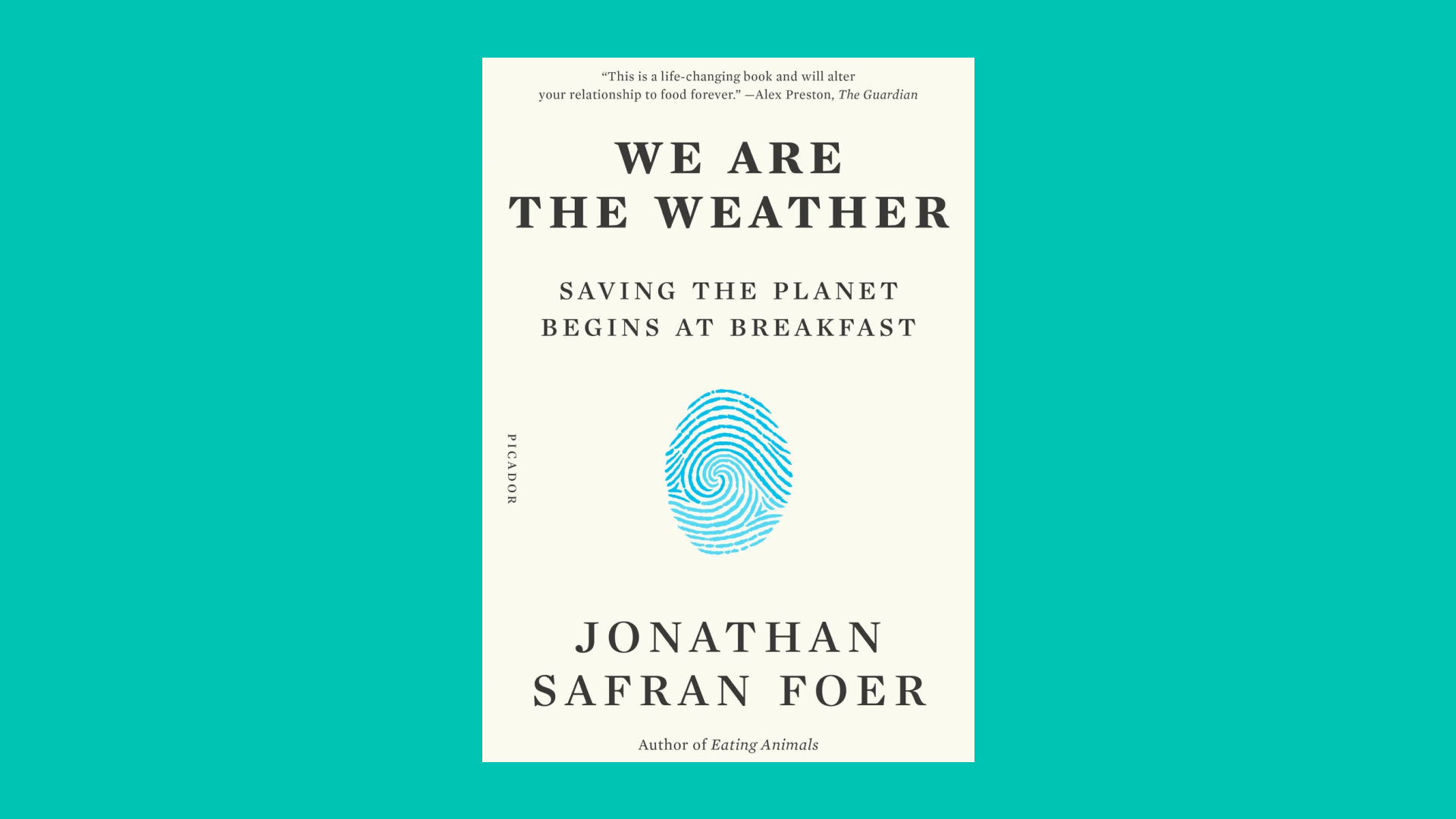
“We Are The Weather” by Jonathan Safran Foer
Foer’s main argument in this 2019 book is that we need to eat less animal products (think: meat, but also dairy and eggs too). He proposes we start by eliminating them at breakfast and lunch, to collectively prevent a lot of carbon emissions. The book’s structure is less a college lecture and more a bunch of personal stories that add up to one super-persuasive argument. (Amazon, Apple Books, Bookshop)
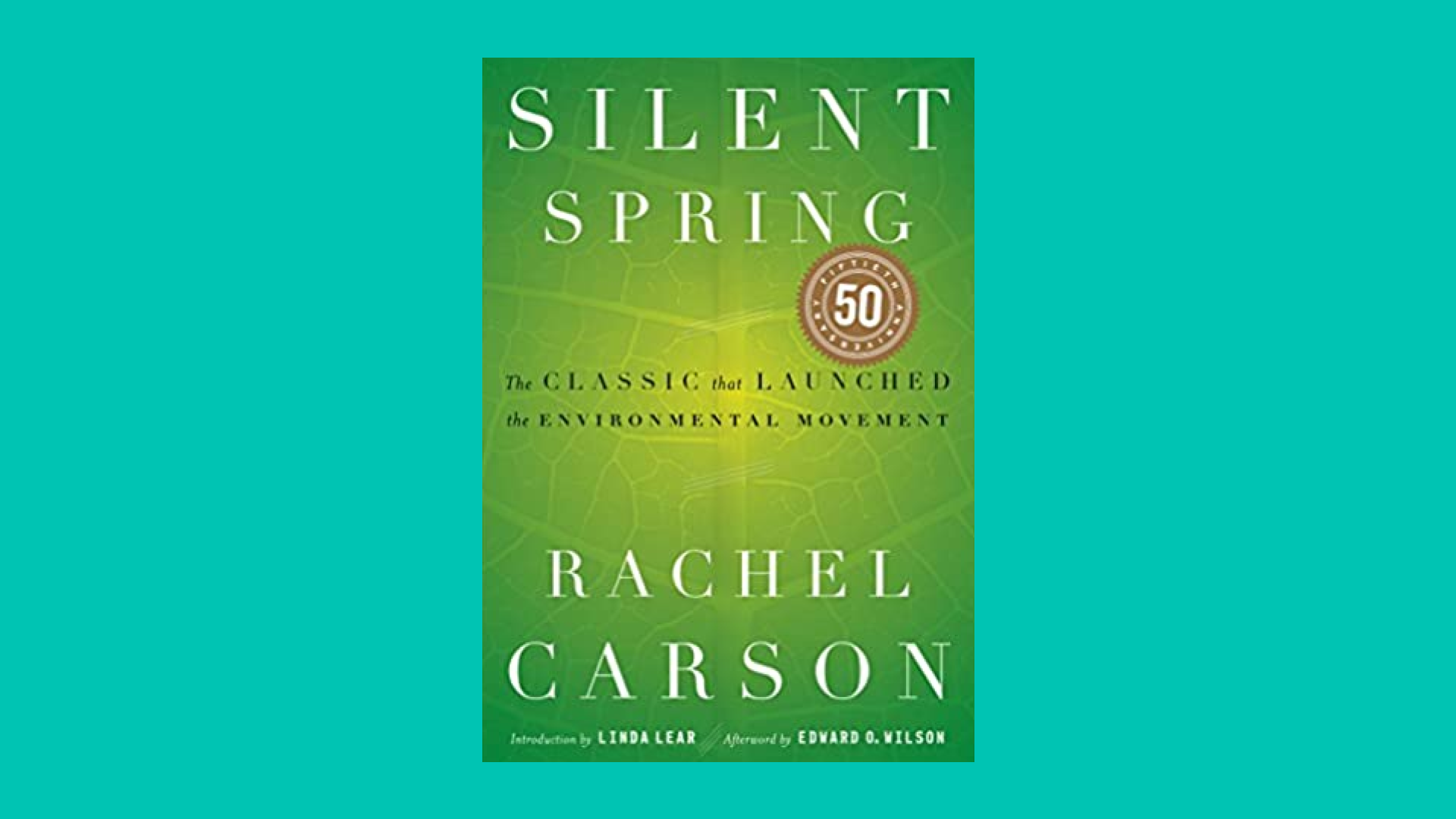
“Silent Spring” by Rachel Carson
Published in 1962, Carson’s book is credited with helping launch the environmental movement. She exposed the harm of chemical insecticides and pesticides and started conversations about things that we now take for granted. Like the impact chemicals have on our food chain. The book’s findings sent ripple effects throughout America and became a BFD. (Amazon, Apple Books, Bookshop)
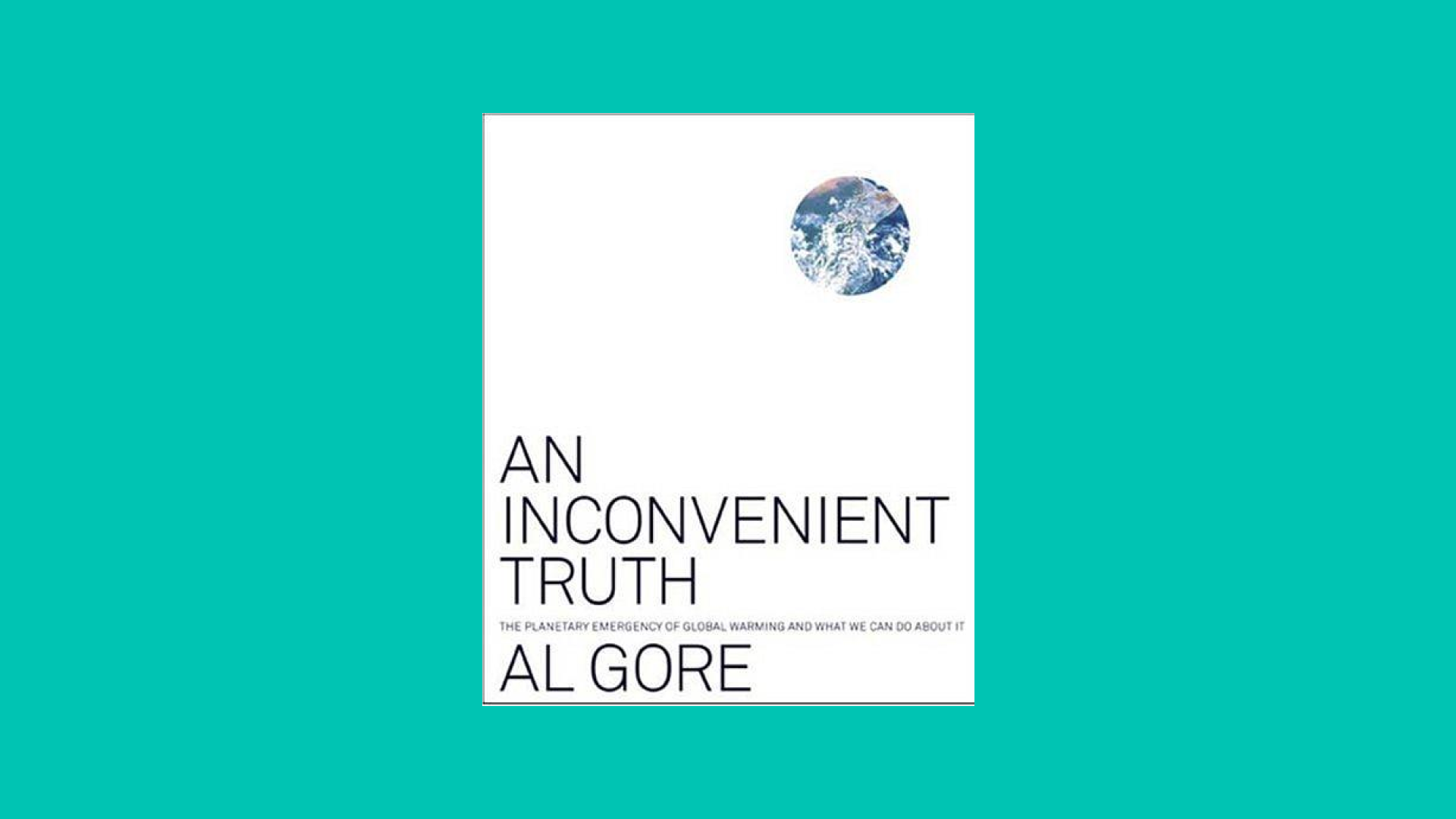
“An Inconvenient Truth” by Al Gore
The former VP and big-time environmental supporter has been pushing Congress to think about the effects of climate change long before it was mainstream. His 2006 book, which coincided with a documentary release, is a wake-up call and a look at what policy changes governments need to make for a safer, cleaner future. There are charts, graphs, and a lot of photos, all of which make it a great entry point to the climate change conversation. (Amazon, Bookshop)
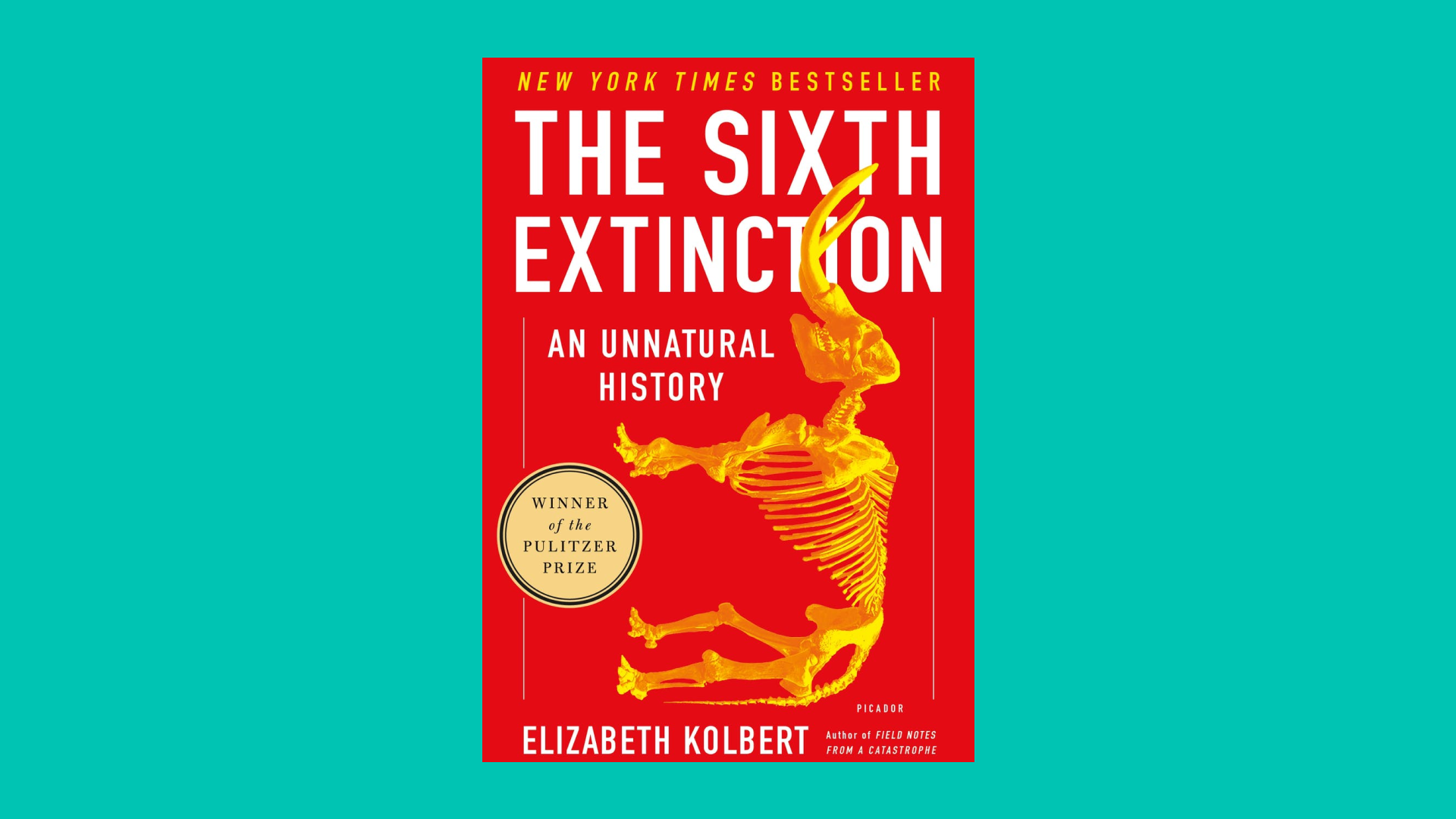
“The Sixth Extinction” by Elizabeth Kolbert
The name’s Kolbert. Elizabeth Kolbert. The premise of this 2015 Pulitzer winner goes a little something like this: In Earth’s history, there have been five extinctions. But the sixth extinction is coming and...it’s all our fault. The past extinctions — including the end of dinosaurs — have been catastrophic, and the new one is set to be the worst. This book compiles the studies of geologists, botanists, biologists, and more. PS: It’s the perfect double feature to accompany one of her other books “Field Notes from a Catastrophe.” (Amazon, Apple Books, Bookshop)
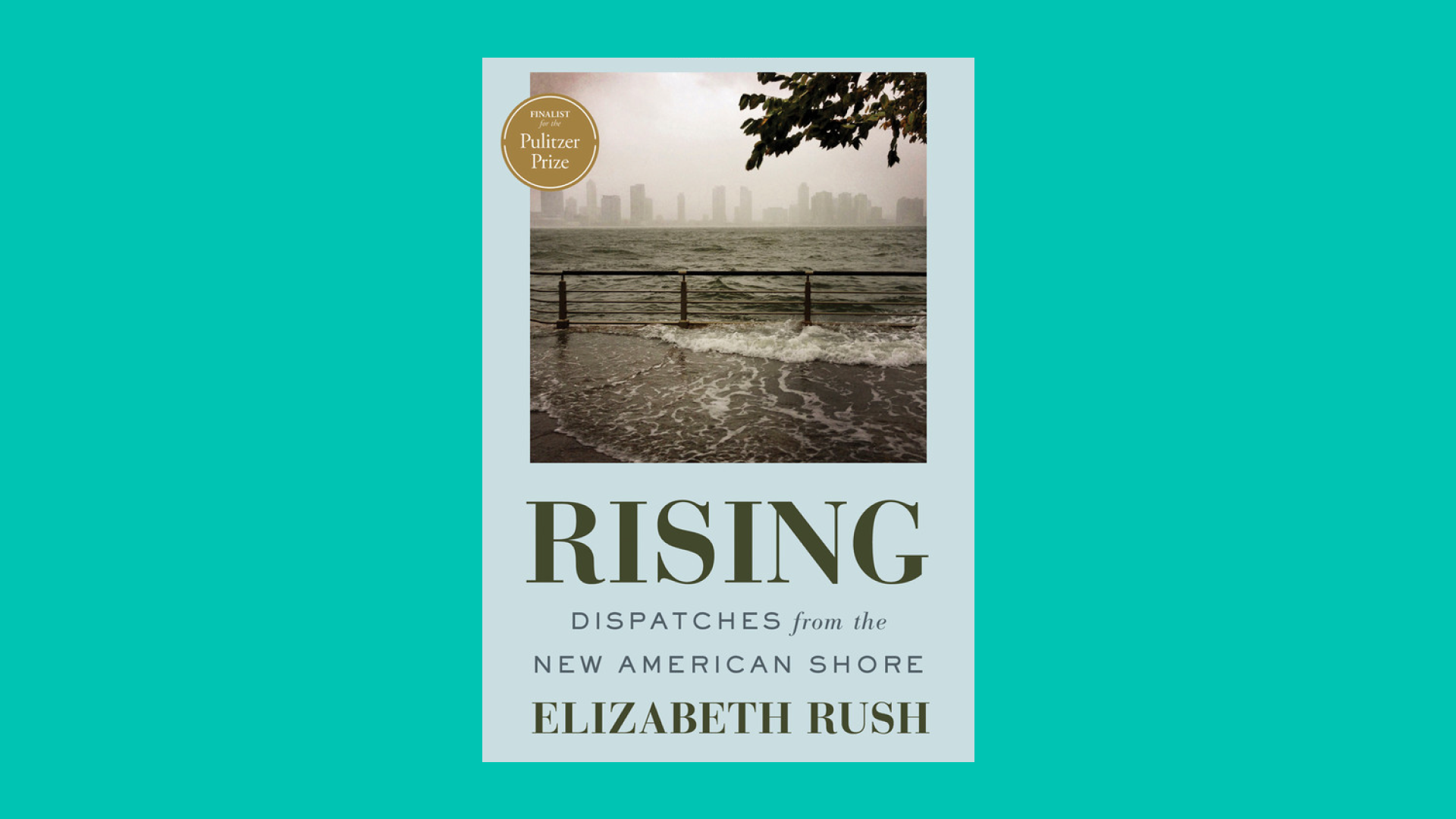
“Rising” by Elizabeth Rush
This book is the ultimate authority on rising sea levels. Climate change is dramatically altering our coastlines and the consequences of natural disasters. This is the literary exploration of those changes and the communities impacted by it. It’s part personal accounts from those who’ve lived through it and part scientific testimonial. Plus, the prose is stunning. (Amazon, Apple Books, Bookshop)
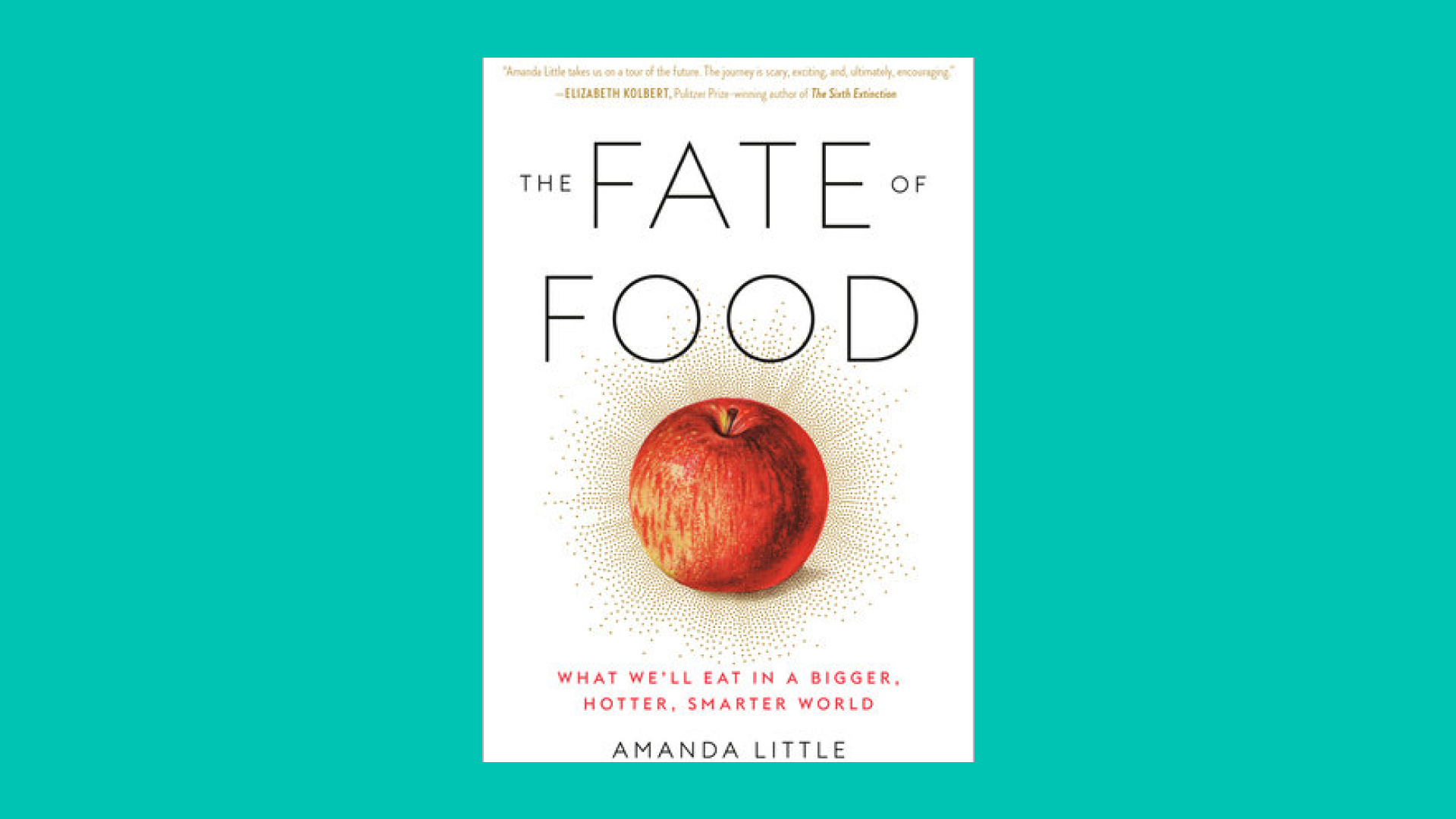
“The Fate of Food” by Amanda Little
Here’s some food for thought: This book seeks to explore whether we’ll have enough food to feed a growing population with a shrinking food supply. Little goes on a three-year journey to answer the question. And travels from an organic farm in Shanghai to famine zones in Ethiopia and beyond to interview farmers, engineers, and activists. No spoilers on if she gets her answer, but it’s worth a read to find out. (Amazon, Apple Books)
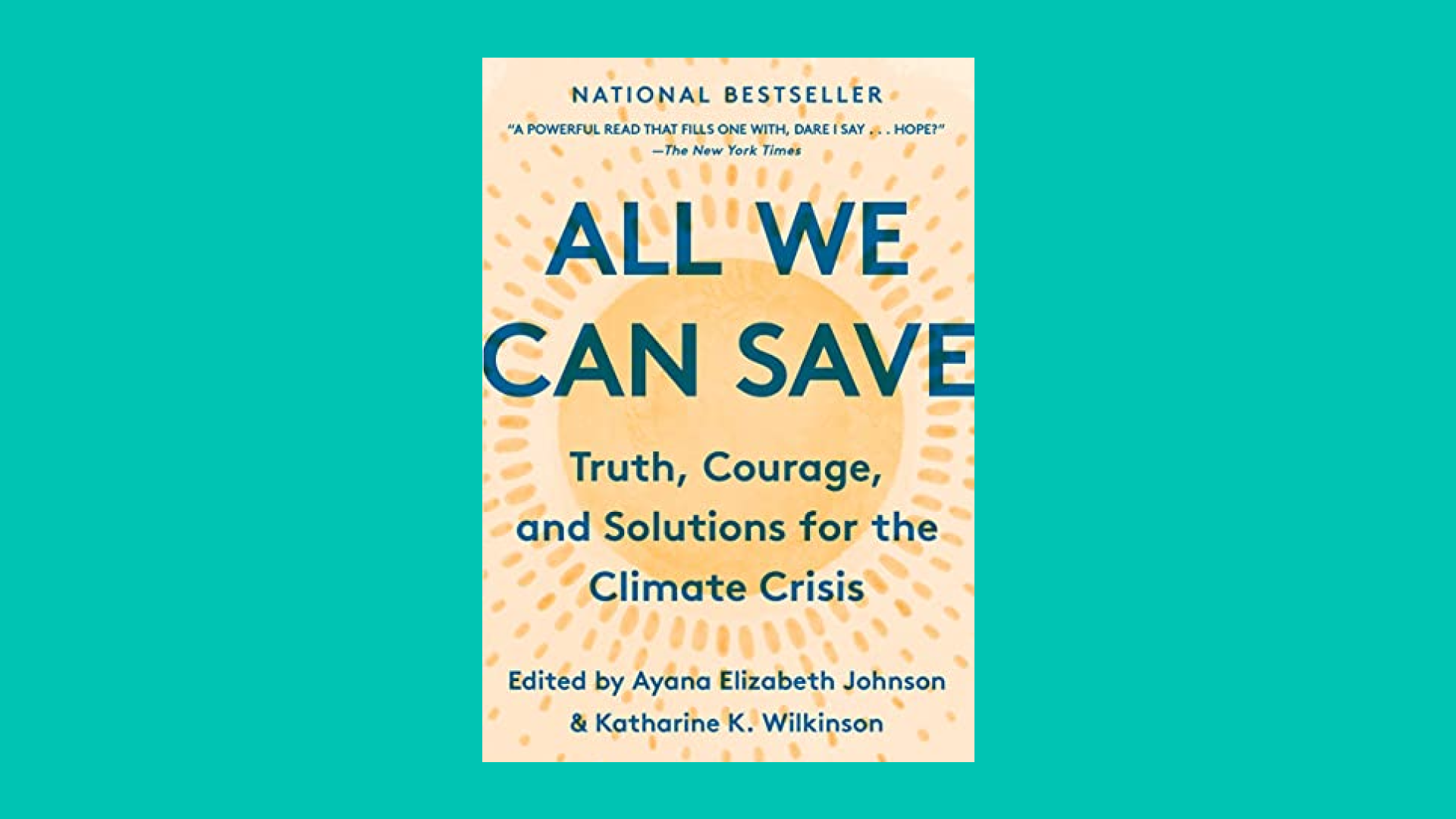
“All We Can Save” by Ayana Elizabeth Johnson and Katharine K. Wilkinson
Glass ceilings are meant to be broken. This anthology, which is curated by two climate leaders, is filled with essays, poetry, and art about ways we can save the planet. As you read, you’ll meet dozens of diverse women who are climate experts in the United States. From scientists and journalists to farmers and lawyers, “All We Can Save” centers on the idea that women are the agents of change for Mother Earth. Shattered glass for the win. (Amazon, Apple Books, Bookshop)
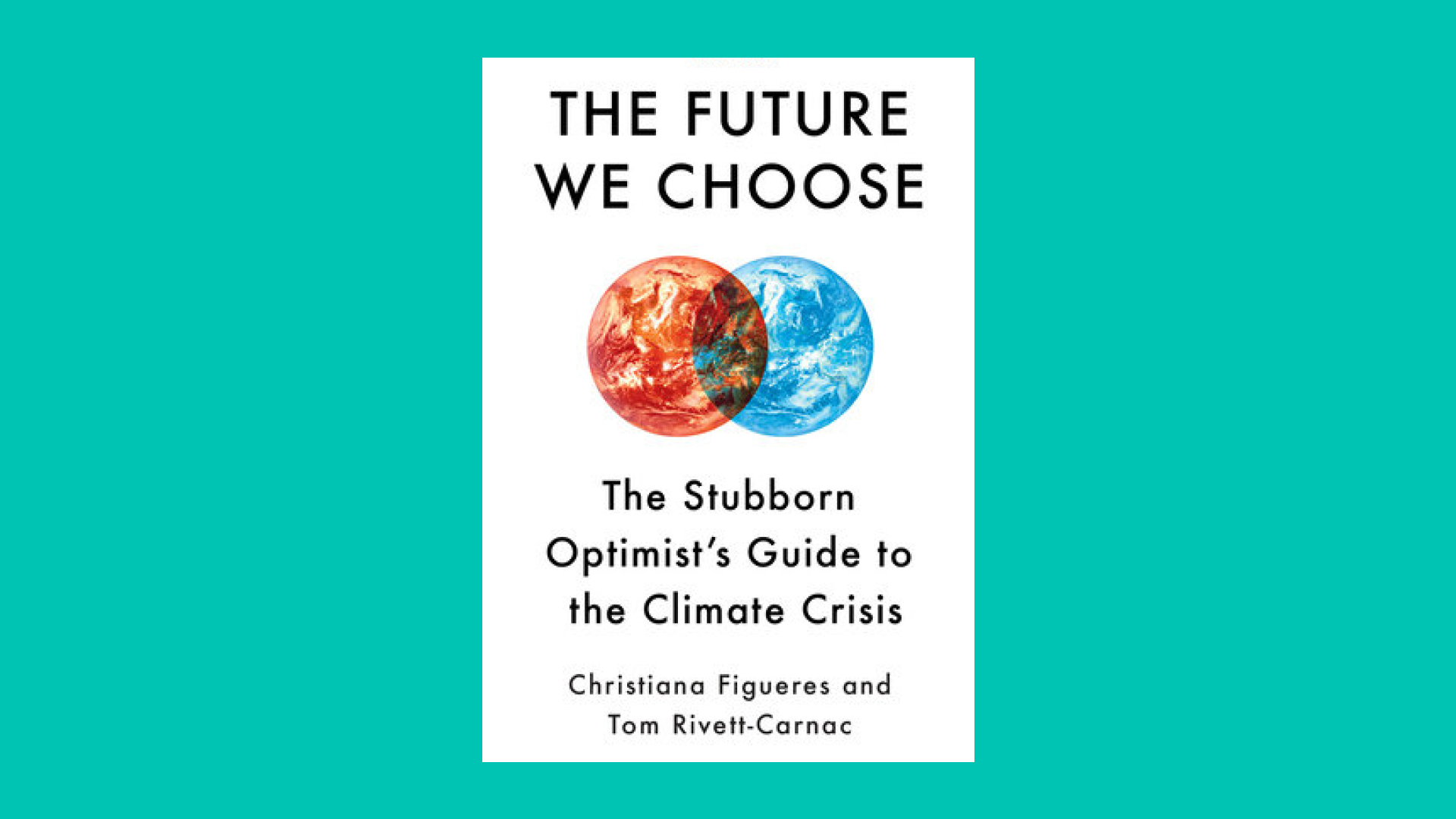
“The Future We Choose” by Christiana Figueres and Tom Rivett-Carnac
If you worry about ‘what-ifs’ (hi, overthinkers), give this one a go. Figueres and Rivett-Carnac are experts who led negotiations for the United Nations during 2015’s historic Paris Agreement. (Reminder: that’s when world leaders came together to set long-term goals to combat climate change.) Casual. In their book, they lay out two possible scenarios for the future of our planet. The first: what life will look like on Earth by 2050 if we fail to meet the agreement’s climate goals. And second: what life will look like as a world with net-zero emissions (aka the goal). (Amazon, Apple Books, Bookshop)
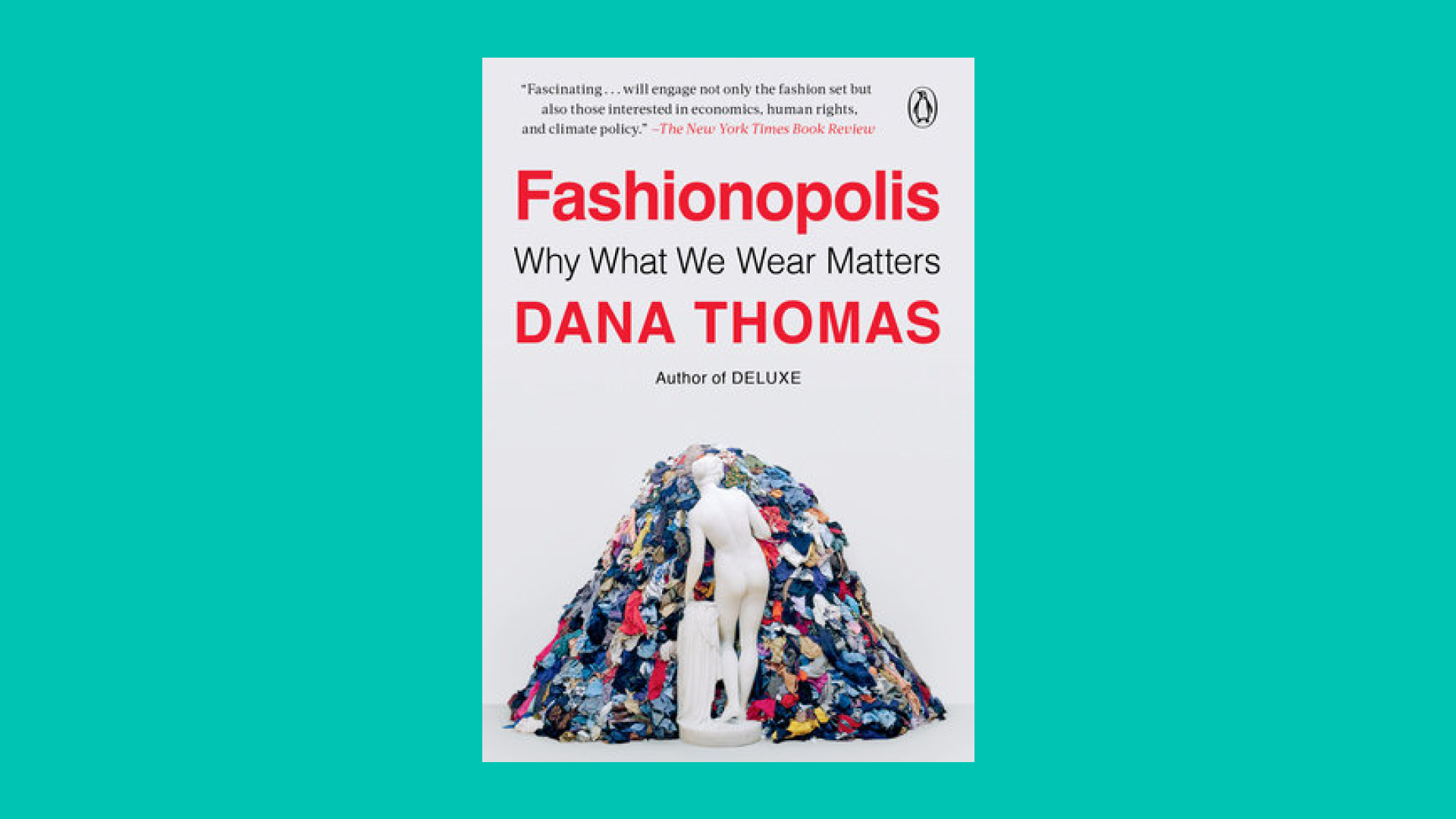
“Fashionopolis” by Dana Thomas
For anyone who wants to rethink a shopping habit and examine where the clothes in your closet really come from, start here. In this book, journalist and author Dana Thomas not only uncovers the difficulties and pain points of sweatshops, fast fashion, and industrial pollution, but also examines small businesses and brands that are leading the way for a sustainable future. She dives deep into the worlds of fabric recycling, clean-denim processing, smart manufacturing, and 3D printed clothes. And will have ya thinking critically about the stuff you see on the rack and in your favorite stores’ windows. That’s all. (Amazon, Apple Books, Bookshop)
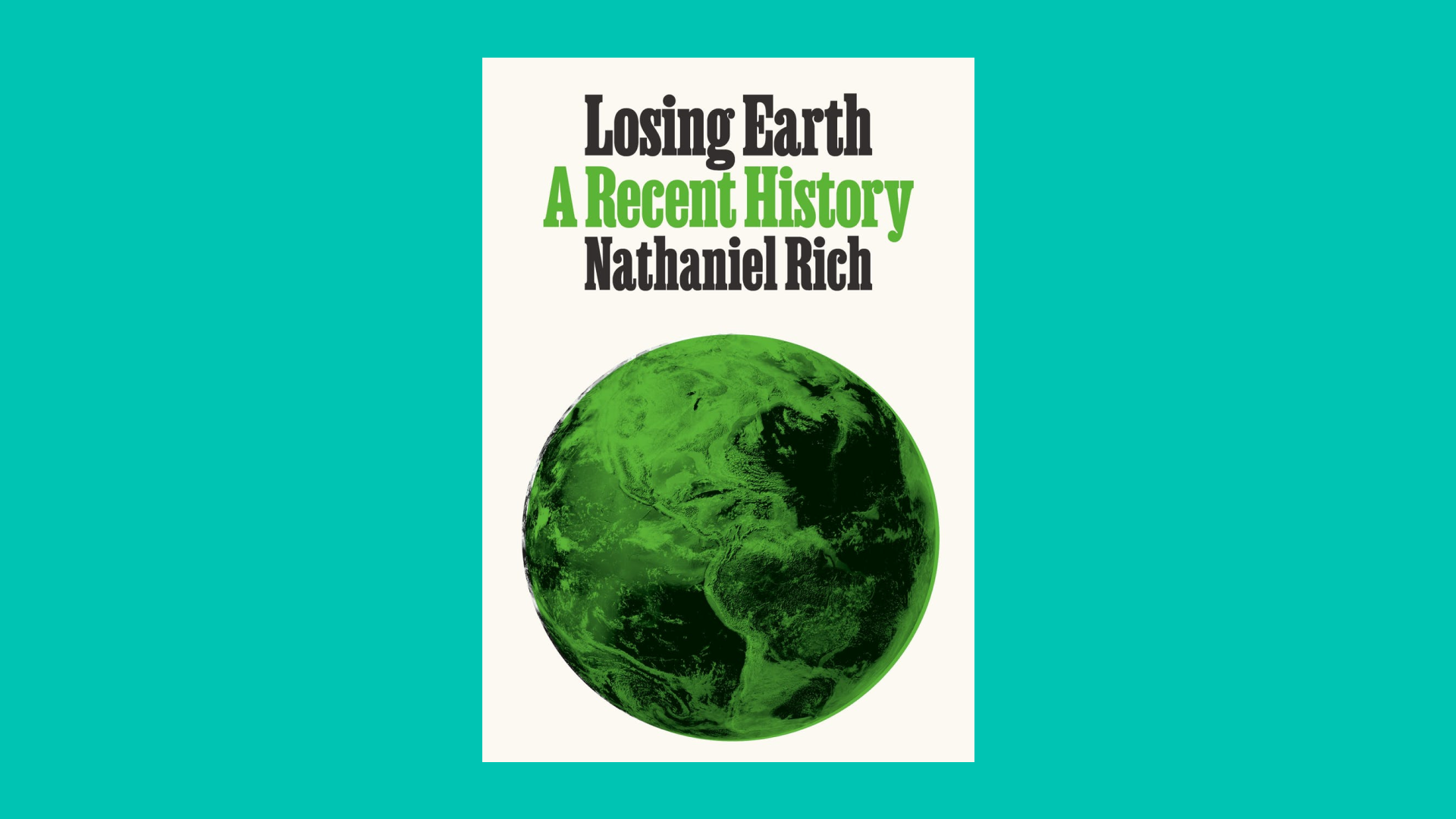
“Losing Earth: A Recent History” by Nathaniel Rich
ICYMI: The late 1970s was a pivotal moment in climate history. And in this book, Rich argues that during that time we actually knew nearly everything there was to know about climate change, including how to stop it. In “Losing Earth,” he writes about the dramatic political history of climate change and covers everything from the birth of climate denialism and misinformation to how the fossil fuel industry established major influence through the years. For anyone interested in the governance and politics behind environmentalism, this one’s for you. (Amazon, Apple Books, Bookshop)
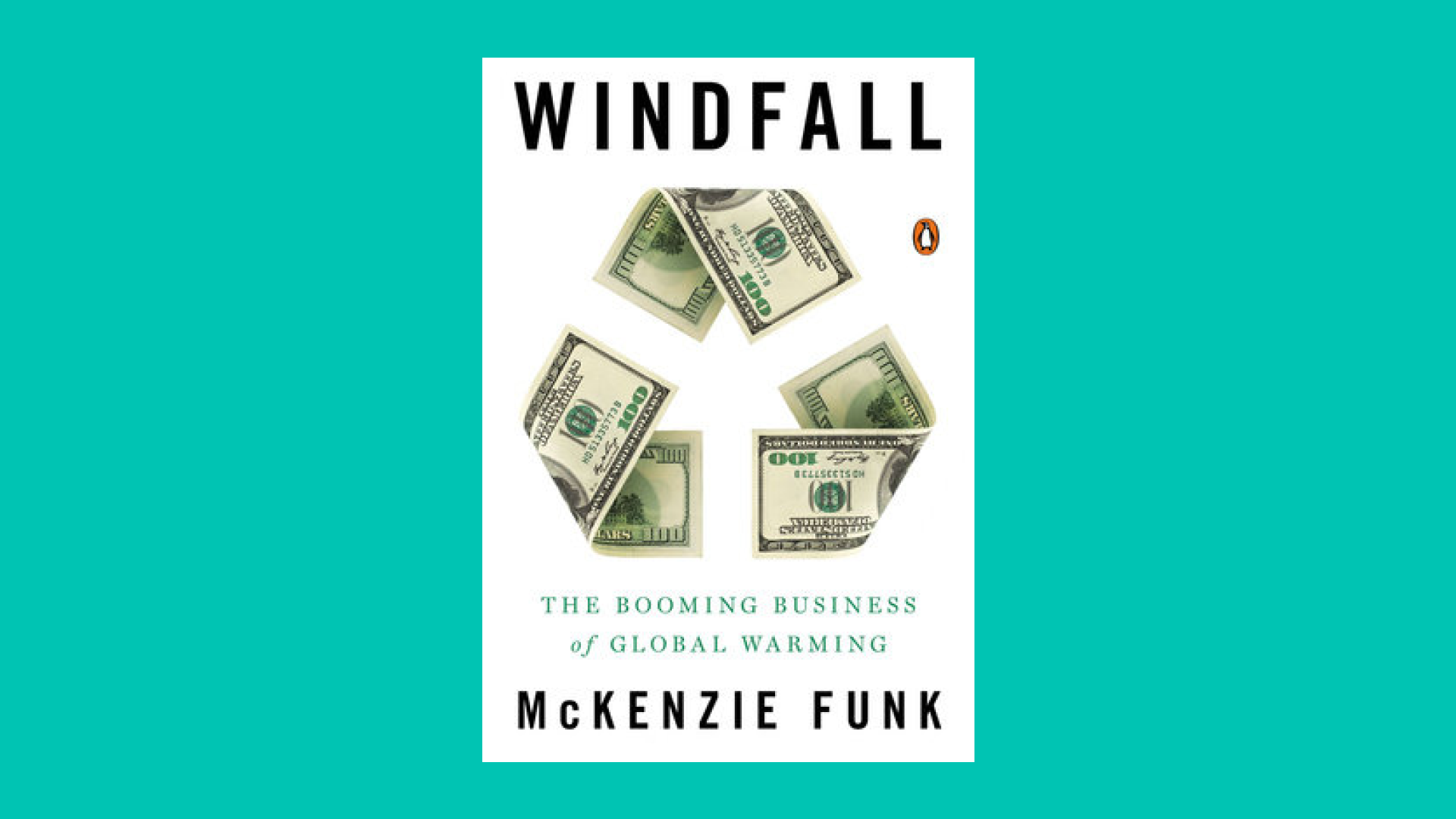
“Windfall: The Booming Business of Global Warming” by McKenzie Funk
Anyone interested in the economics of climate change should give this one a go. In his six years of reporting, Funk traveled the world to discover that companies and countries are handling the climate crisis by, well…throwing money at it. He argues that the best way to understand this catastrophe is to see it through the eyes of market opportunity. He spoke to dozens of entrepreneurs capitalizing off it — everyone from businessmen profiting from man-made snow to architects designing floating cities. (Amazon, Apple Books, Bookshop)
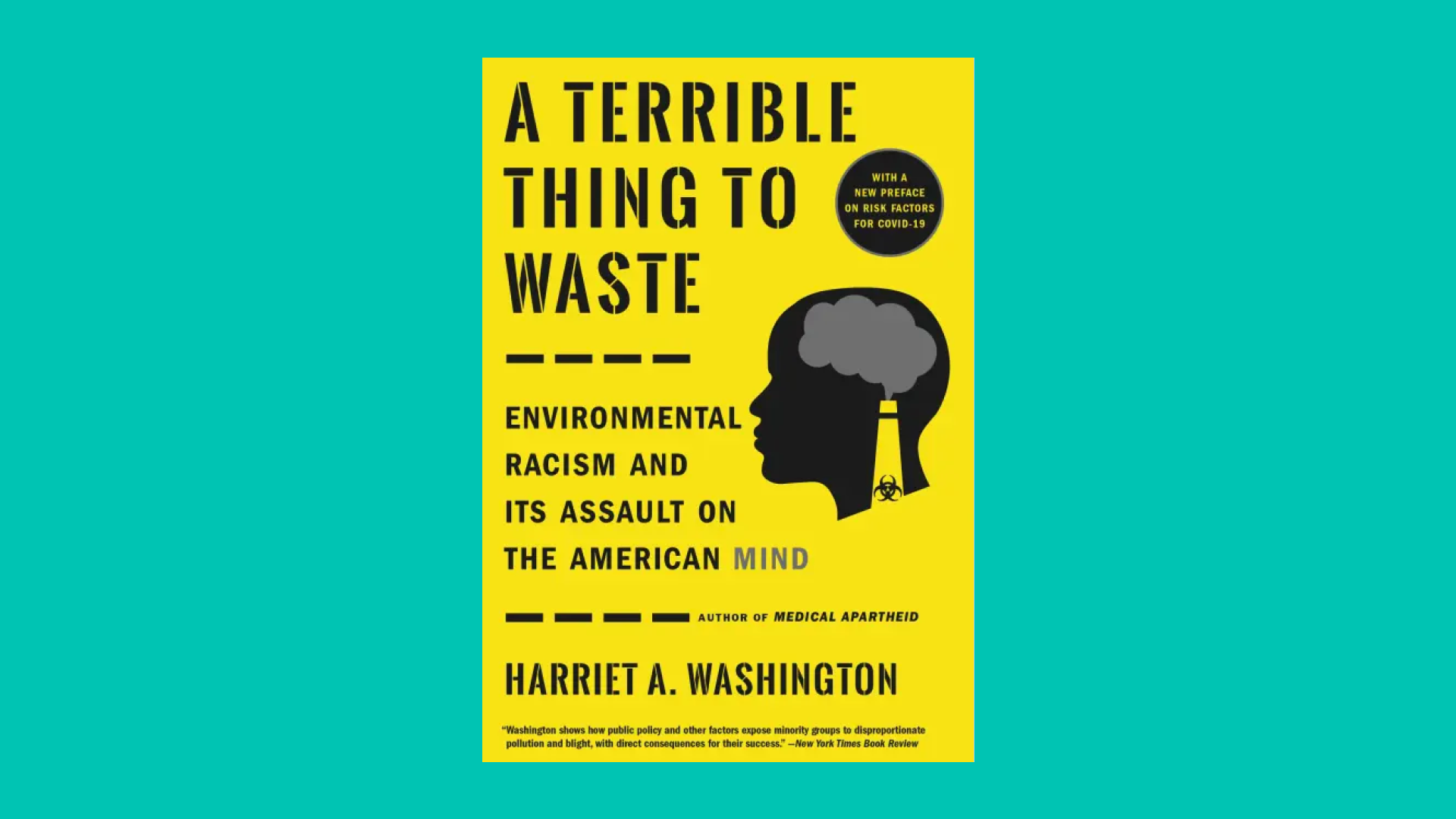
“A Terrible Thing to Waste: Environmental Racism and its Assault on the American Mind” by Harriet A. Washington
Fact: Climate issues are intersectional. With extensive scientific research, Washington writes in detail about environmental racism and the devastating consequences it has on marginalized communities. She examines how communities of color have been disproportionately affected by environmental hazards like pathogens, heavy metals, and neurotoxins. And covers how these communities, which live and work near sites of toxic waste, pollution, and insufficient sanitation services can be helped. It’s an important read and one that you’ll never regret picking up. (Amazon, Apple Books, Bookshop)
Live Smarter
Sign up for the Daily Skimm email newsletter. Delivered to your inbox every morning and prepares you for your day in minutes.
